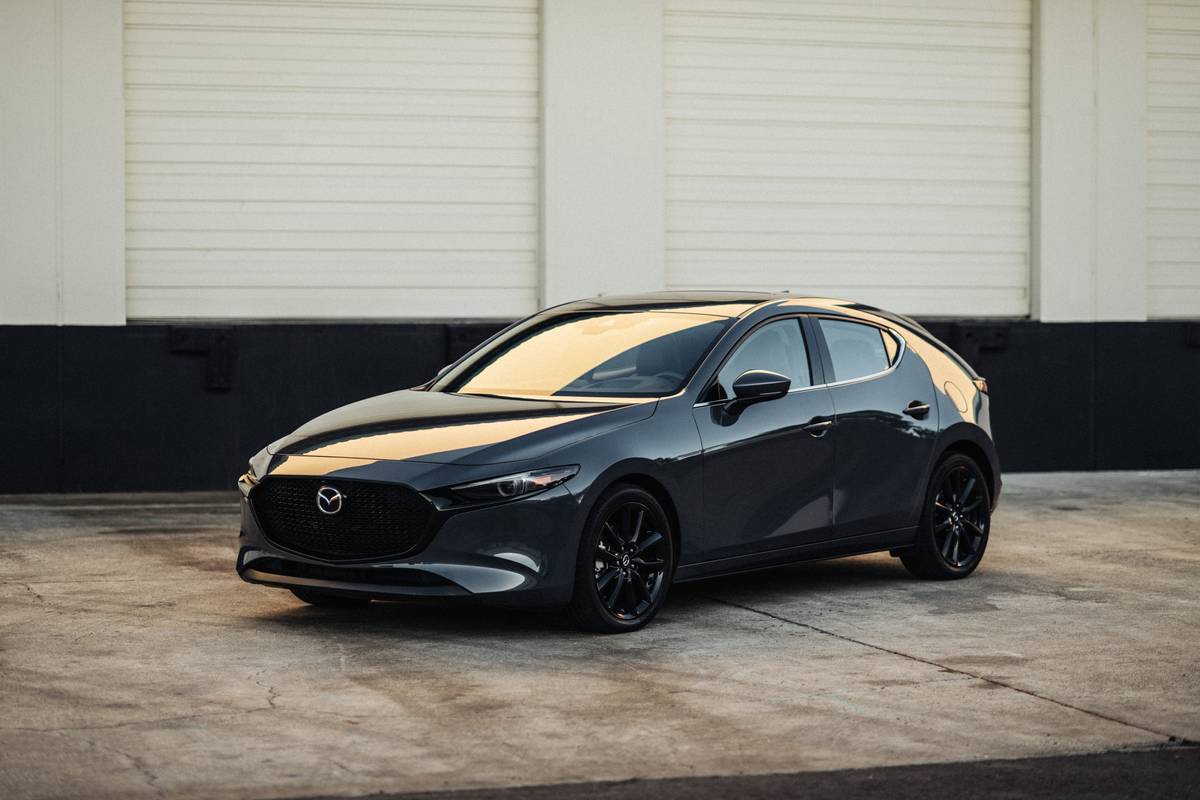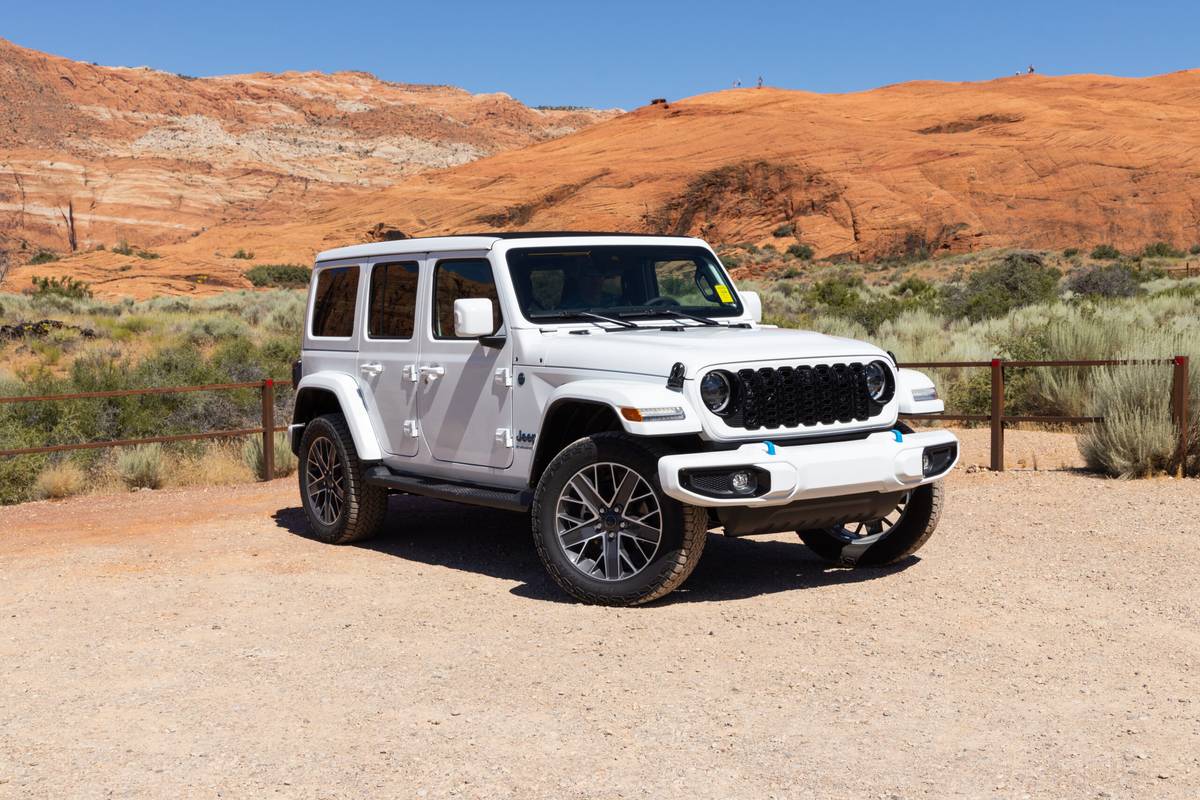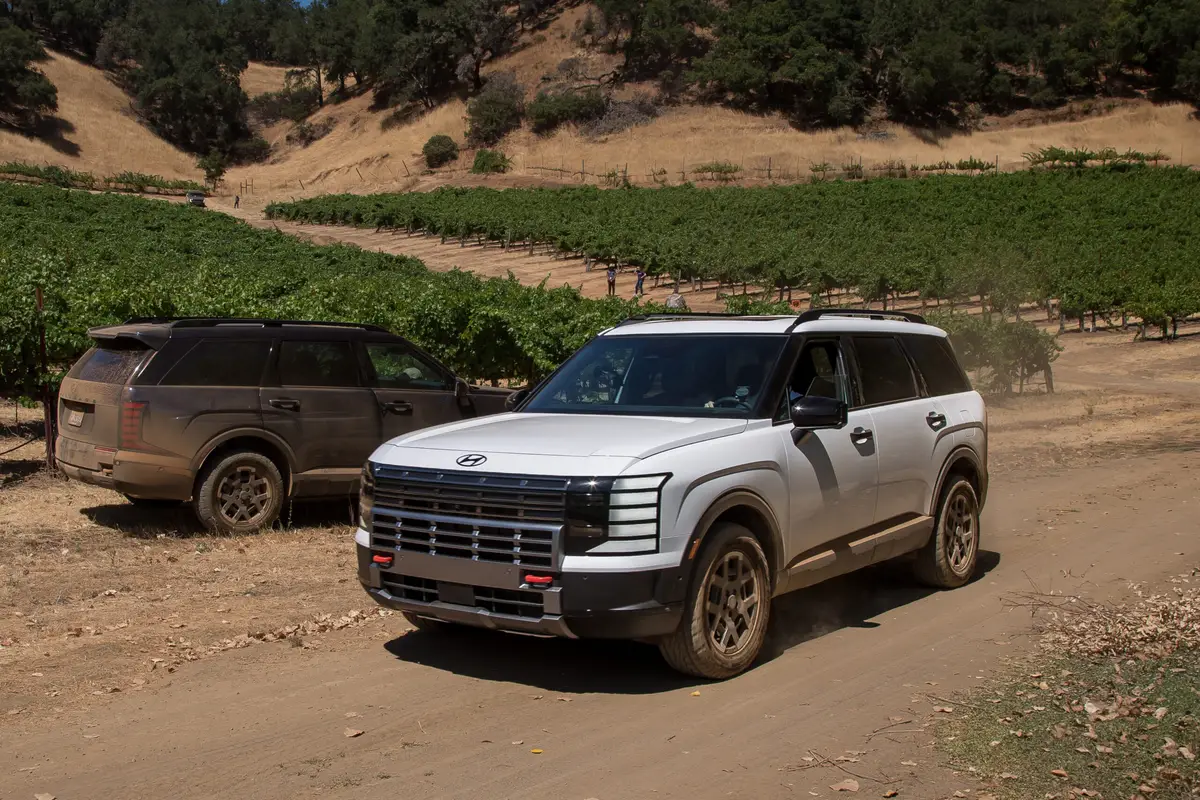washingtonpost.com's view
When Japanese manufacturers introduced compact pickup trucks in America back in the 1960s, they were almost laughed out of the market.
In those days, there were truck people and car people, and truck people believed passionately that the only real truck was a brutish big Ford, Chevy or Dodge pickup. Anything less was for wimps.
Besides, the little Japanese pickups couldn’t carry a whole lot. And they didn’t have double-layered steel cargo boxes, which meant that any ding from the inside poked right through. Makers of plastic bed liners prospered.
But enough buyers liked the light-duty pickups with their trim dimensions and good fuel economy.
The compact class prospered to the point where the government slapped a 25% duty on the imports to give the U.S. manufacturers a chance to get into the act.
Of course, official American doctrine mandated domestics that were bigger and heavier than the imports.
It has continued that way since, even though the Japanese offerings also have grown in size over the years.
So now what you have are compact pickups that really are more midsize, and big pickups that have gone gargantuan.
Along the way, the distinction blurred between car people and truck people, with cohorts of car people substituting trucks for their cars.
To such folk, a truck’s work and hauling capabilities are far less important than stylish good looks.
Some may never tote more than a couple of drink coolers, but they like the idea of being seen in a truck.
That is why there are vehicles such as the Ford Ranger Splash SuperCab 4X4 pickup truck.
This is a machine that could certainly be used for actual grunt duty. But its cargo box is truncated to the point where it won’t even carry a 4-by-8-foot piece of plywood.
That’s so it can flaunt bulging external fenders, which some trucky types think are sporty-looking.
It even features swoopy graphics and a name that suggests it was made for carrying surfboards instead of hay bales.
To complete the outdoorsy image, the test Splash also had an extended cab to carry personal items and occasional extra passengers, four-wheel drive for traversing woodsy terrain, and a five-speed manual gearbox.
As compact trucks go these days, that sort of Splash acquits itself well among younger people who might actually venture off-road or onto the beach for some surfing and partying.
It’s a Ford, and Ford does pickups as well as anybody, as witnessed by the fact that the Ranger is the top-selling compact.
The tester was fairly well-loaded with options, including its most powerful engine – a 4-liter V-6 with 160 horsepower. It’s nicely matched to the manual transmission to provide decent off-line acceleration as well as low-end power for hauling and towing.
Other options were mostly for comfort and convenience: air conditioning, remote locking, cruise control, power win dows and a stereo with CD and cassette.
However, it did not have the available third door for entry to the area behind the front seats. That’s both good and bad: Bad because access is not as convenient, but good because models without the third door have two fold-down jump seats, perfect for a couple of kids.
But even though the Splash is outfitted about as well as any luxury car, it’s still a truck. That means it’s not as pleasant to drive as a car, and the ride, especially empty over pockmarked surfaces, is buckboard-bouncy, enough to set the molars on edge.
Latest news



